Klima Biennale Wien
2024
05.04. – 14.07.

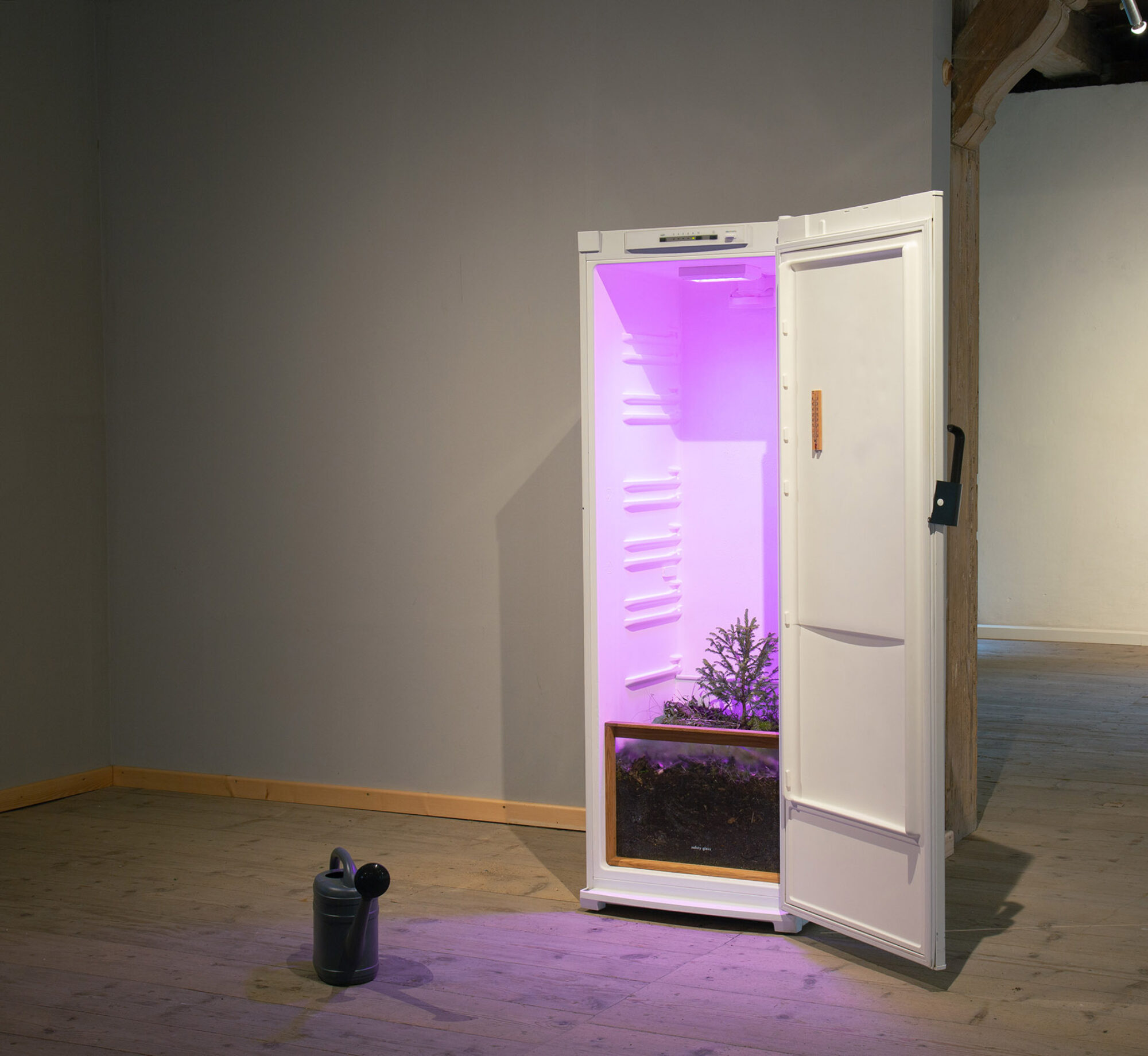
© Photo: Courtesy (c)Andreas Sahl Andersen
Solutions & Strategies is a collaborative series with the University of Applied Arts and the Academy of Fine Arts. Some of the projects began as early as the winter semester of 2023 and will be implemented during the Biennale period. During this time, students, professors, and alumni of the participating classes have the opportunity to realize their own projects.
In 2023 the students of the studio „Art and Intervention / Environment“
explored the area Steirische Eisenwurzen in Styria/Austria. Intensive
research over the course of several months followed, dealing with
the history of the region, its ecology, climate change, monocultures
and sustainable alternatives. The results were made visible and could
be experienced in the exhibition „zwischenwurzeln“ in the forest
museum Silvanum. In the framework of the Klimabiennale the focus
of the students now shifted from the mountain valley to the urban
wastelands of the Nordwestbahnhof. The possibilities of interpretation
of their artworks changed with the recontextualization with regards
to architecture, public space and the specifics of climate change in an
urban environment.
The studio „Art and Intervention / Environment“ at the Academy of
Fine Arts Vienna positions itself at the interface of installation art and
socially relevant debates. Our focus is on time-critical research into the
possibilities and places of social interaction. The studio is directed by
Judith Huemer in cooperation with Tobias Pilz.
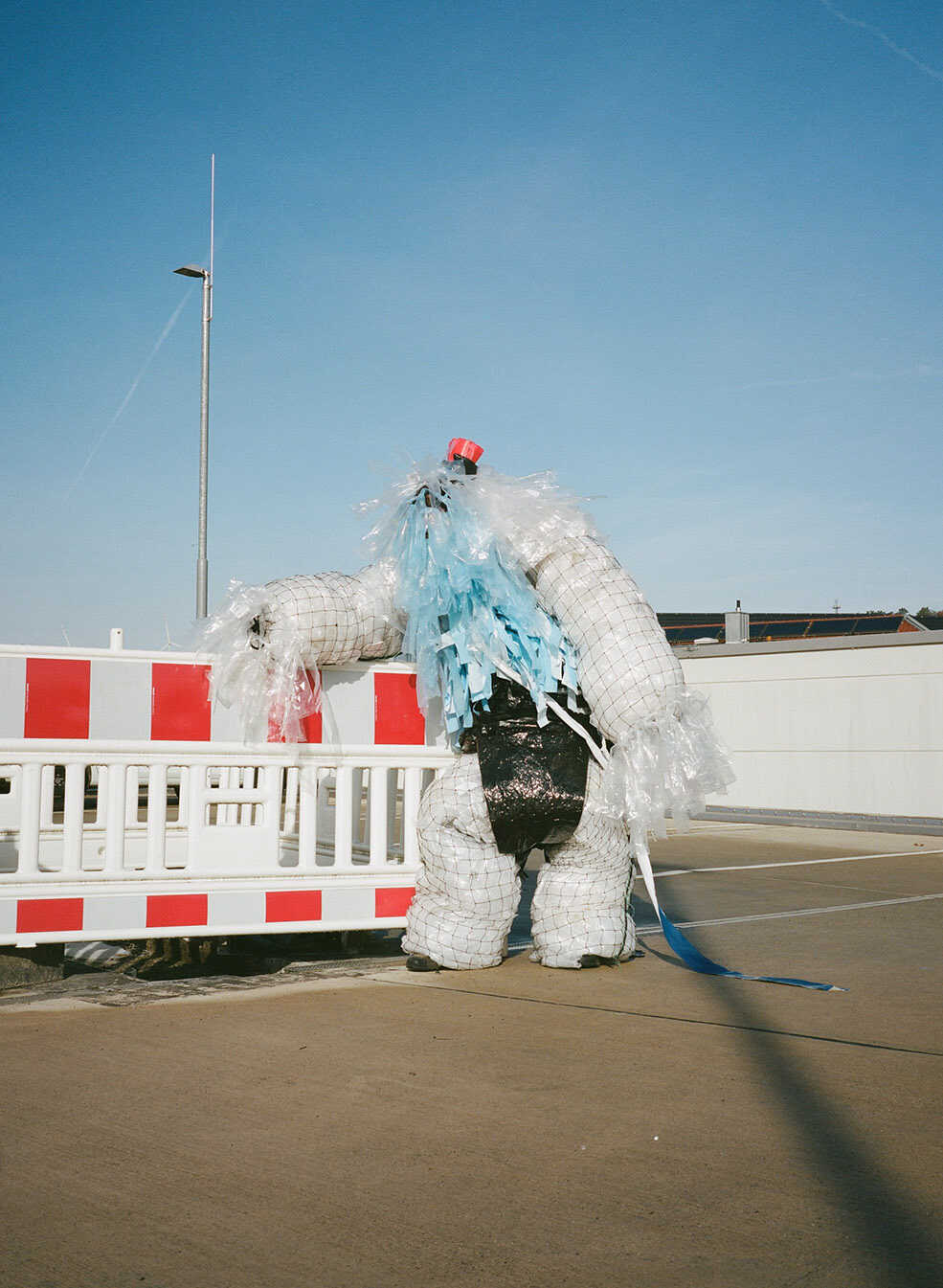
Raumfüller (c) Helene Payrhuber and Albert Frühstück
An organism, formed from the remains of others, appears
unexpectedly on the grounds of the Climate Biennale. It explores its
environment, adapting to its new habitat and way of life.

Fridge#III (c) Andreas Sahl Andersen
FRIDGE III
A spruce has been abducted from its natural habitat and planted
inside the stable climate of a fridge. From an absurd futuristic angle,
FRIDGE III taps into topics as monoculture production, nature
conservation, climate change and the biodiversity crisis.
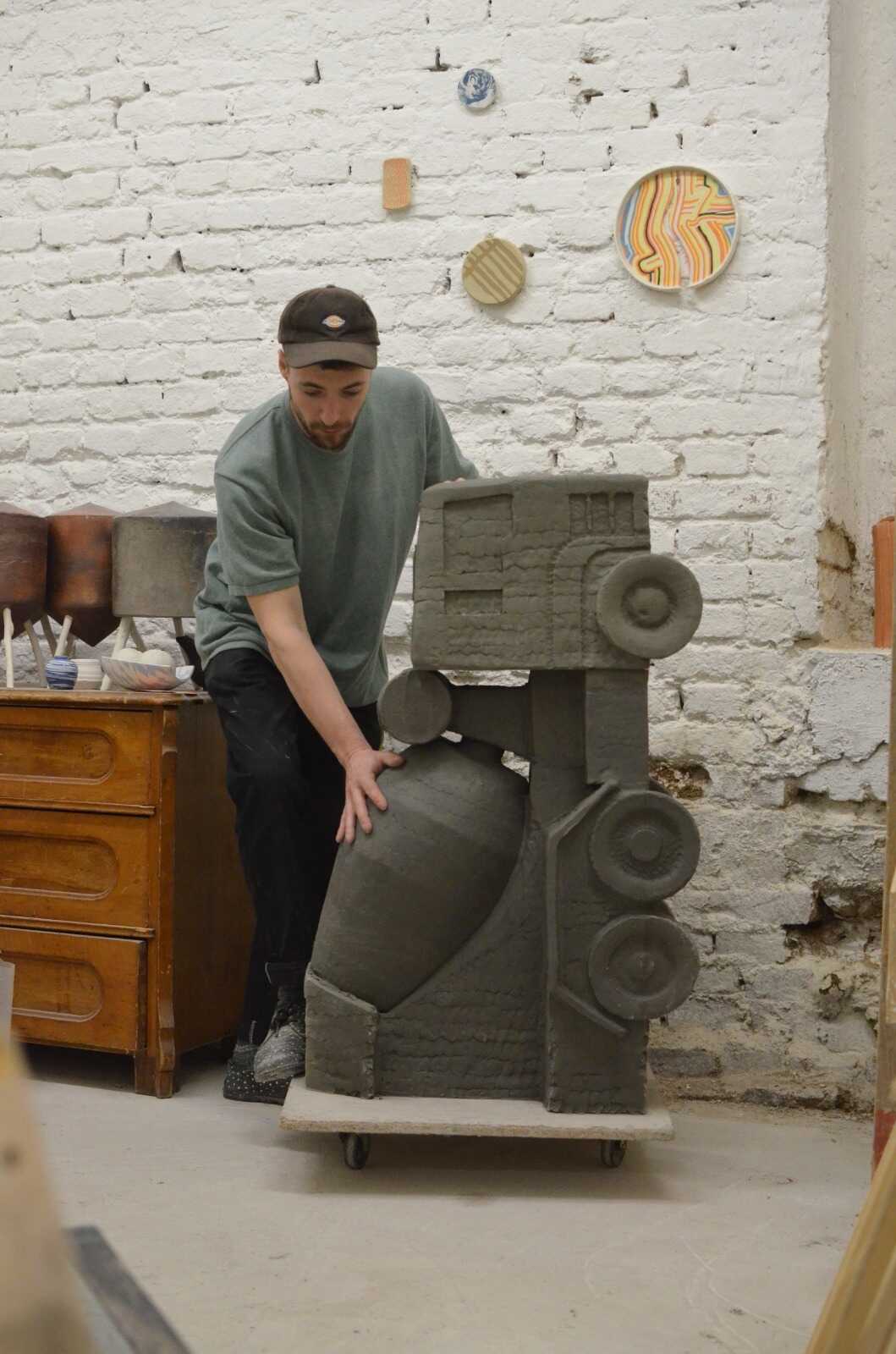
trans-concreto/sub-concreto (c) Jakob Bartmann
earth truck
Concrete mixer truck translated into local clay from a construction
site at Elterleinplatz in Vienna. The sculpture is unfired and will be
transformed back into clay by the influence of the environment,
especially by rain.
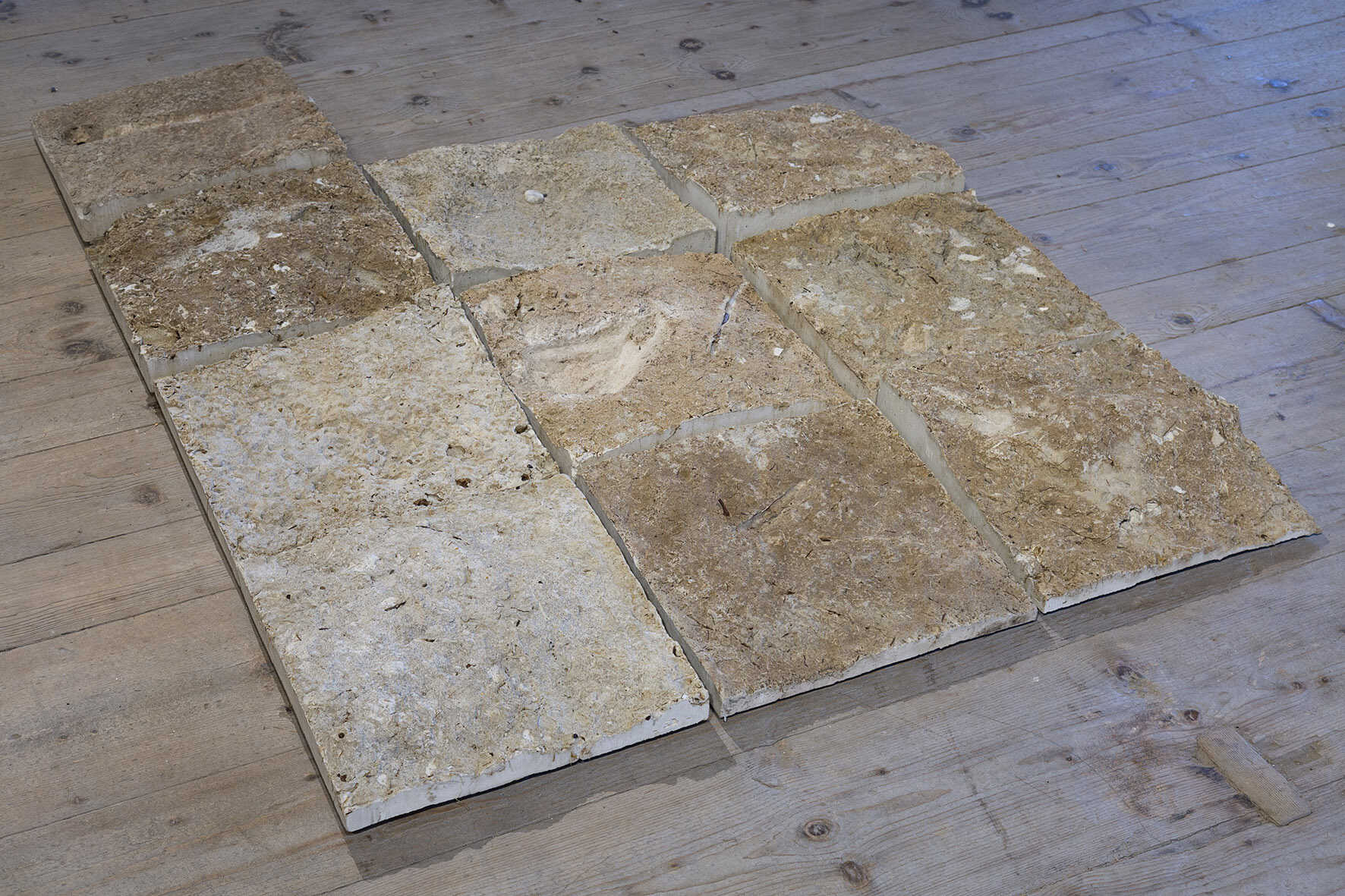
seal the deal (c) Theo Bartenberger
„seal the deal“
Austria, one of the most forested countries in Europe, is simultaneously
the European champion in sealing off nature. Every day, tons of concrete
are poured, destroying the natural ground. The landscape as we know it is
disappearing, the ground is being sealed off and will be unable to recover
for centuries. Concrete casts in the form of classical exposed aggregate
concrete slabs capture glimpses of the vanishing nature. Arranged in a
square, a tenth slab expands the closed form, which points to the ongoing
issue of ground sealing.
Between A Tree
It might not just be a coincidence that there are so many circles to be observed in our daily life, surroundings and nature. Different shapes and sizes of circles with various stories. Probably some of them might be related to each other. We stand on tree rings of a cut tree and think about other circles‘s stories which will bring ‘us all’ into connection.
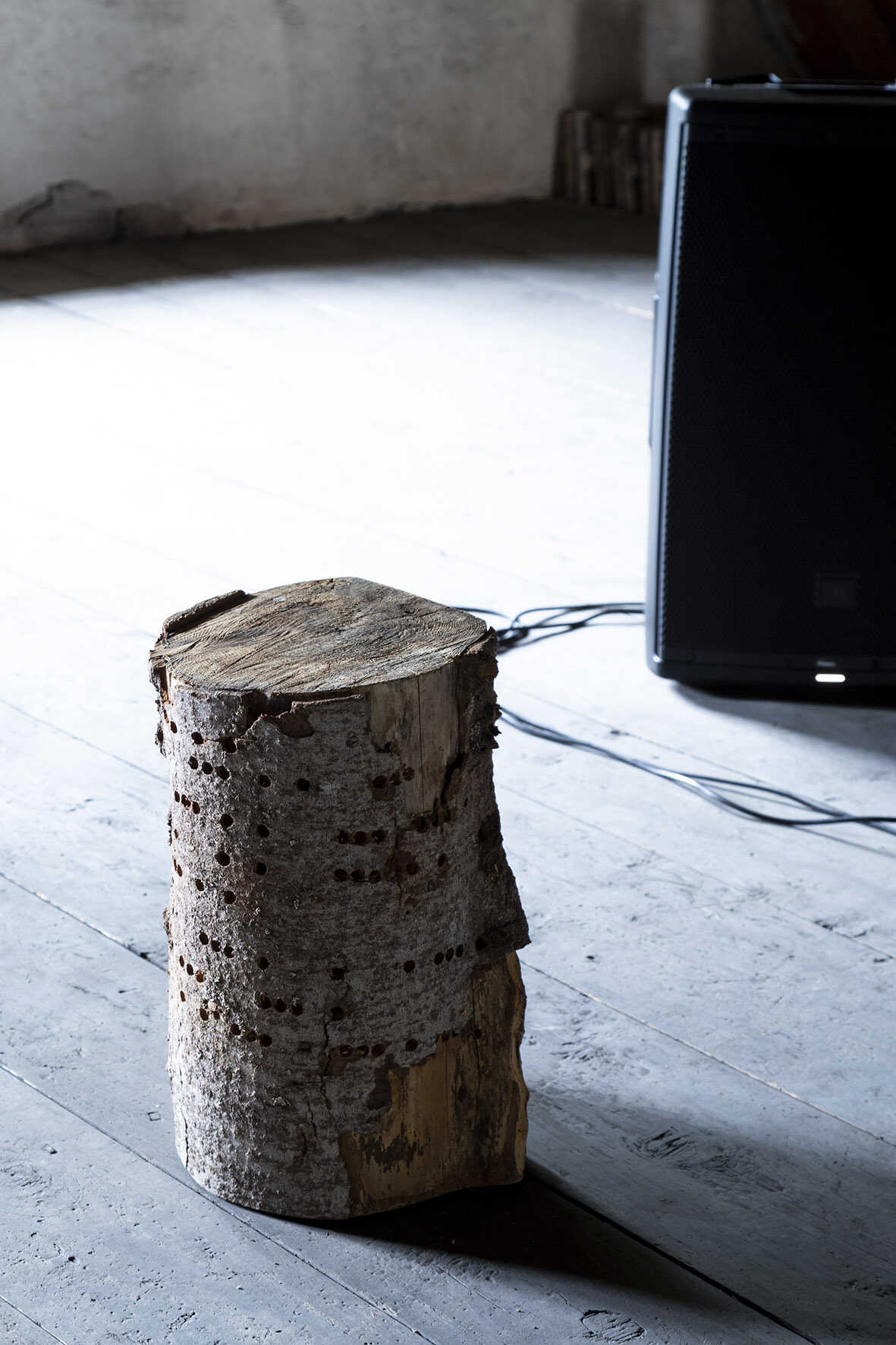
chumbaba (c) Luis Penn
Chumbaba
The installation is divided into three different soundscapes and
documents different soundscapes of a forest, the forest in its usual
acoustics, during deforestation and afterwards. Various studies have
shown that the soundscape of a forest changes after deforestation,
especially the large proportion of bird calls, whose natural habitat
disappears.
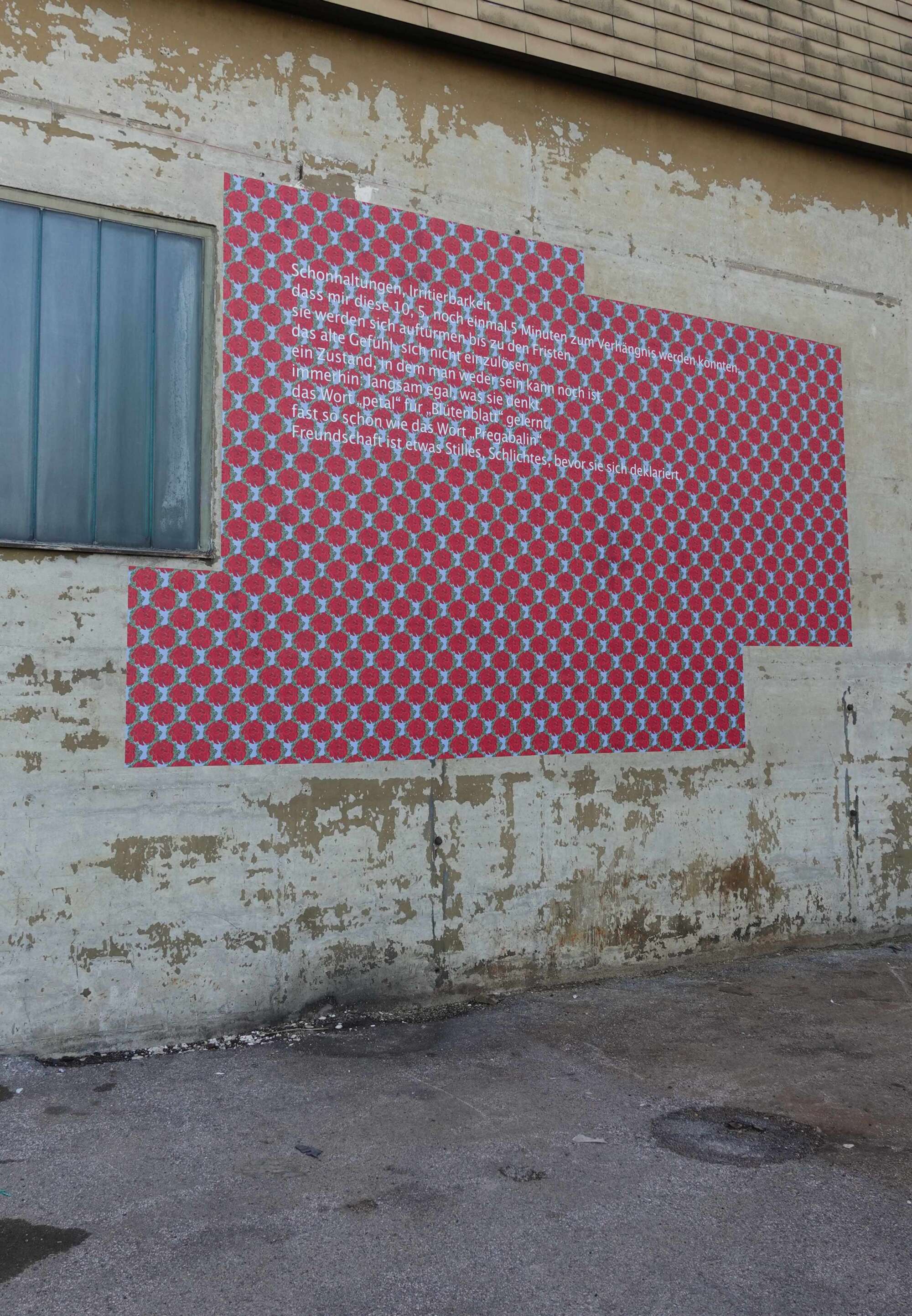
o. T. [Schonhaltungen …]
The medium of the poster, which usually addresses an outside
world with clear messages, is here provided with a floral wallpaper
pattern and a poem. While the decorative flower alludes to a cultural
relationship between humans and plants characterized by care
and appropriative domestication, the poem, through its placement,
oscillates between „confessions“ and „assertions“.
Dandelion is a ruderal species. It is one of the first weeds to colonize disturbed land. Dandelions are seen as weak, but they will probably never be eradicated. They are renewable plants that reproduce and grow naturally. This means that dandelions use the environment in an environmentally friendly way. They are small but great rulers of nature.
Academy of Fine Arts Vienna in cooperation with the FUTURAMA LAB
Project management: Rainer Prohaska
T.A.R. is an experimental autonomous living space dedicated not
only to human visitors, but also to other diverse urban
inhabitants. During the festival, the creation of this artwork with
its logistical challenges will be staged LIVE. Transportation,
storage of the materials & construction of an utopian living
space will merge into a performative and an installative act.
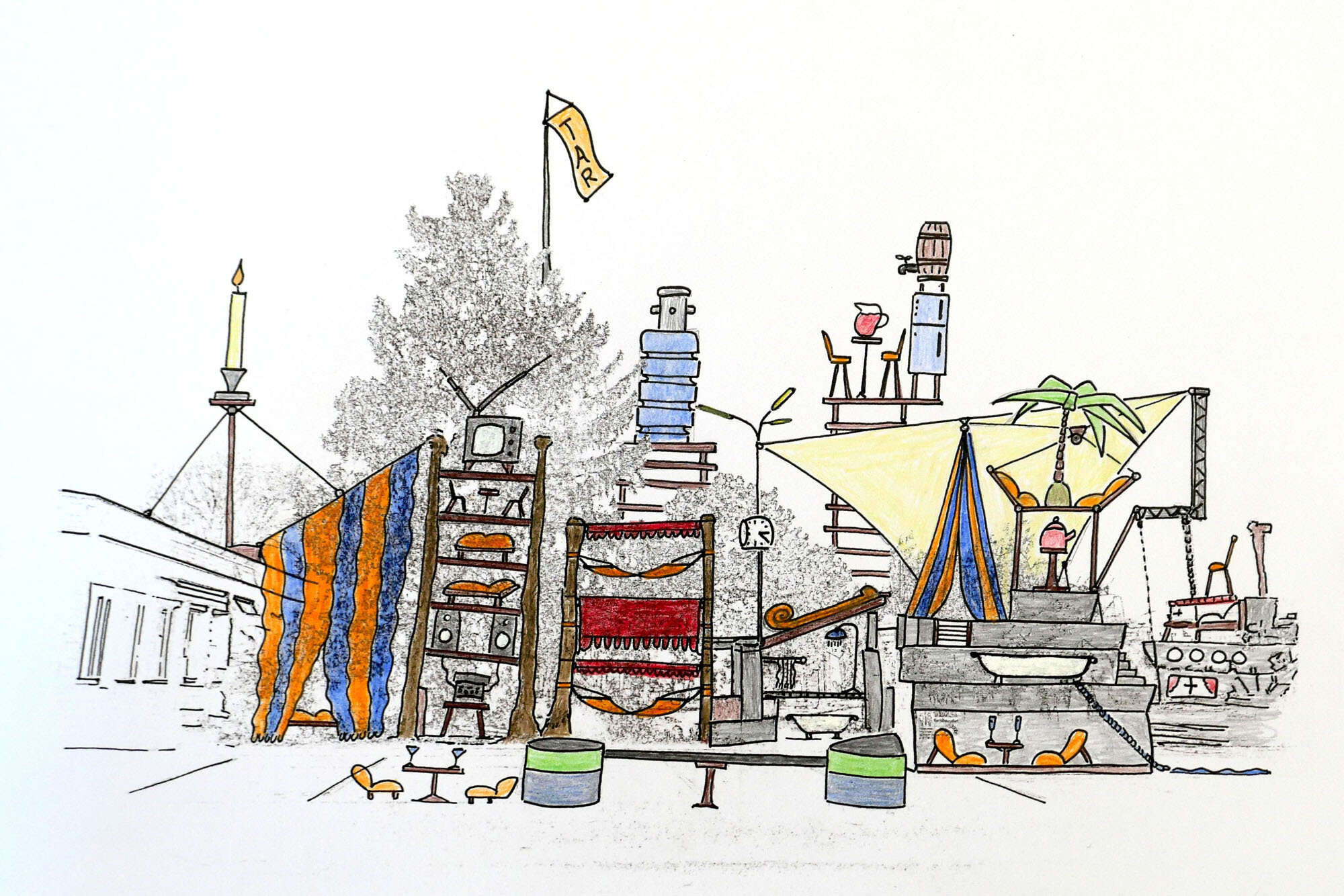
TAR In The Woods (c) Rainer Prohaska

compost care 2023 (c) Andrea Lumplecker
Common Ground Core Group: John Paul Ayodo, Ingrid Garschall, Marieluisa Lenglachner, Johanna Preissler, Carina Riedl, Paul Röttger, Elisabeth Smejkal, Dominika Svarc,Barbara Ziegelböck
A large carpet is created by many people working together. Each
person leaves a braid that becomes part of the carpet - and thus a
trace in it. The time spent together opens up space for exchange and
dialogue. Visitors are invited to participate.
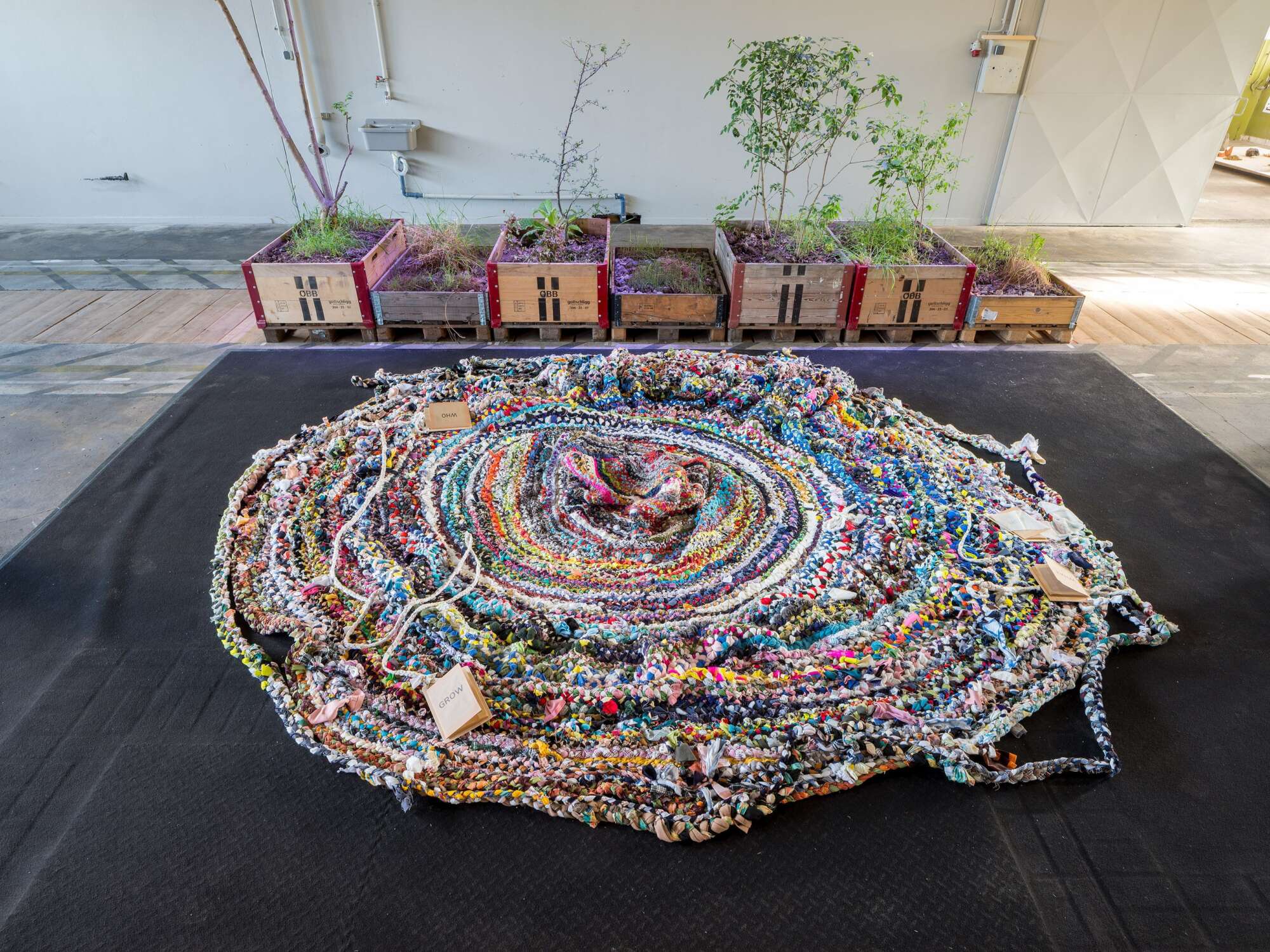
Common Ground © Rudolf Strobl
Projectlead: Markus Hiesleitner
The windows smashed, the tyres slashed: this is how the two discarded cars were found on the grounds of the Nordwestbahnhof. In the context of the Climate Biennale, they form the basic structure for the group presentation of the TransArts class of the Angewandte. Automobility polarises and emotionalises like hardly anything else in the climate debate, which is also being fought out on the streets, in traffic, i.e. directly between cars. For the students, the car wrecks serve as a projection surface for thoughts about mobility, adaptability and mental flexibility in times of climate change. The students worked on site, developing new approaches and adapting existing ones. In a collective process, they engaged with the car wrecks, which they transformed into their exhibition display. With these tires are made for walking, the students question an „urban understanding of nature“ in a technologised and digitalised environment. Installative interventions transform the two car wrecks into carriers for new works and ideas. The nine positions are distributed in, on and around the cars. Weather, flora and fauna are explored, as are the acoustic and olfactory impressions of a city.
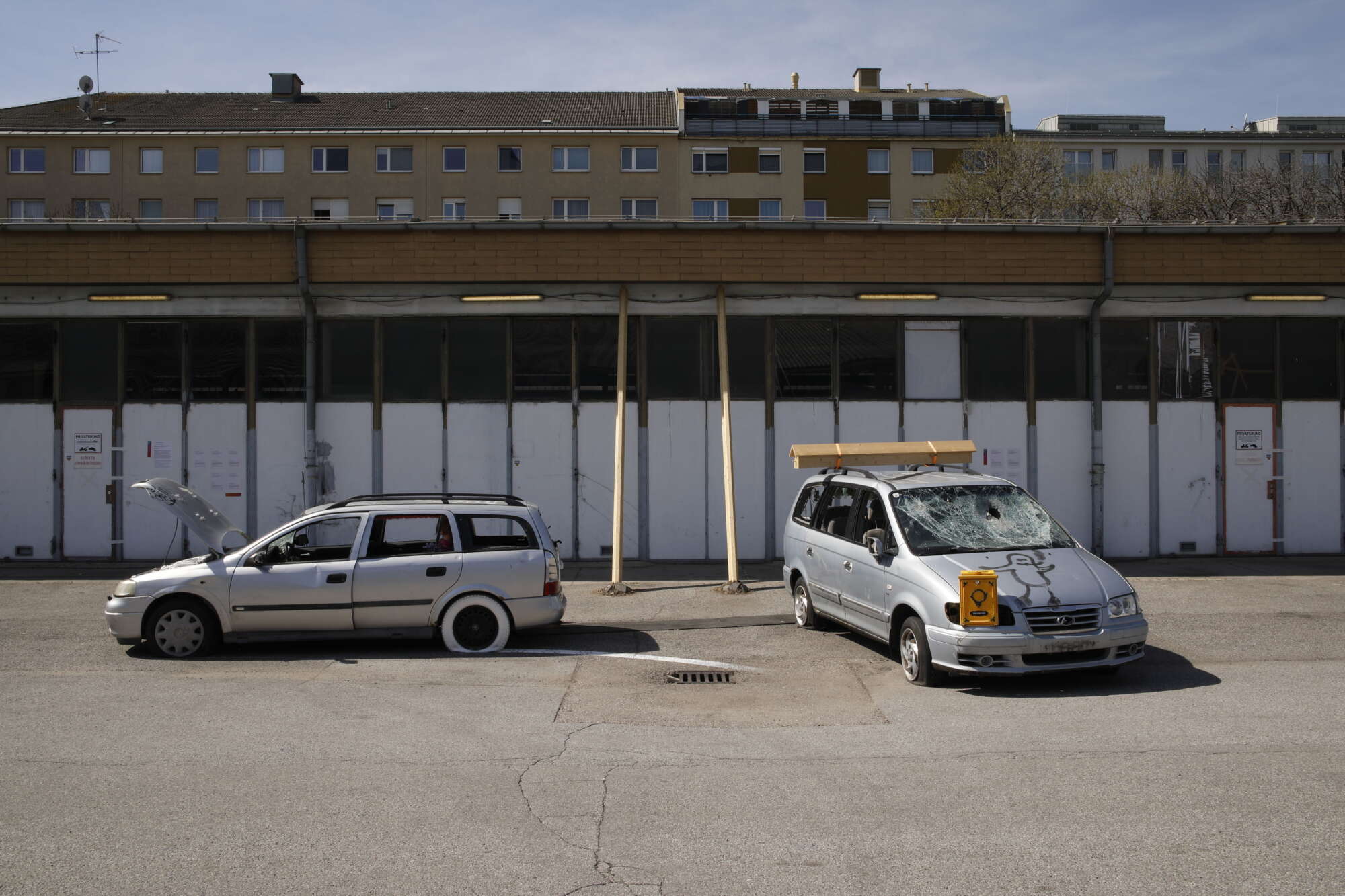
(c) Michael Robert Jimenez
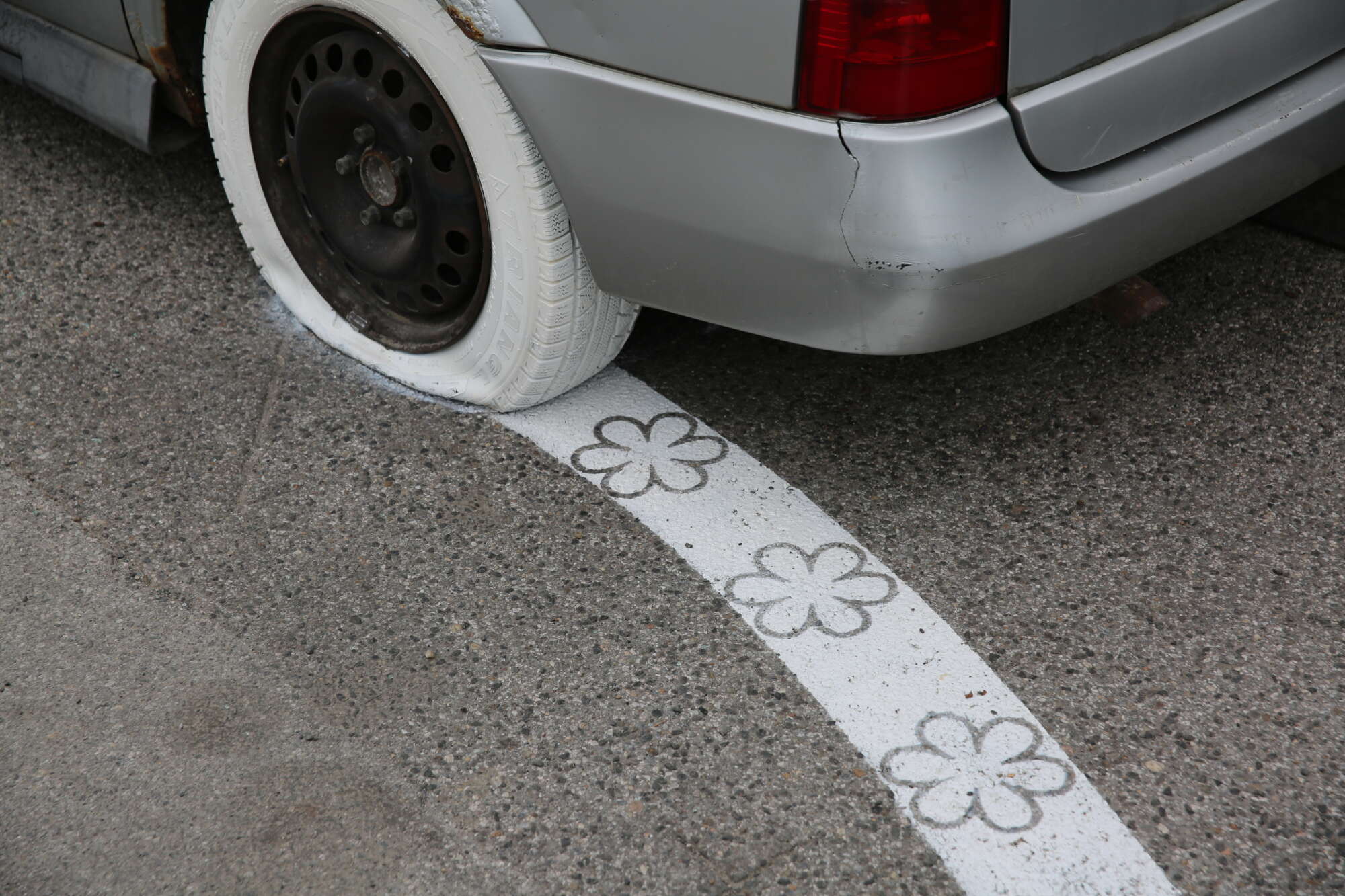
(c) San Jang
The installation questions the Eurocentric, petroleum-based concept of destination, by highlighting the symbiotic relationship between driving and culinary luxury. Originally issued to boost tyre sales, the Michelin Guide describes its three stars as "Une des meilleures cuisines, vaut le voyage" (Exceptional cuisine, worth a special journey). Now, tyres are considered a major source of microplastic in the oceans.
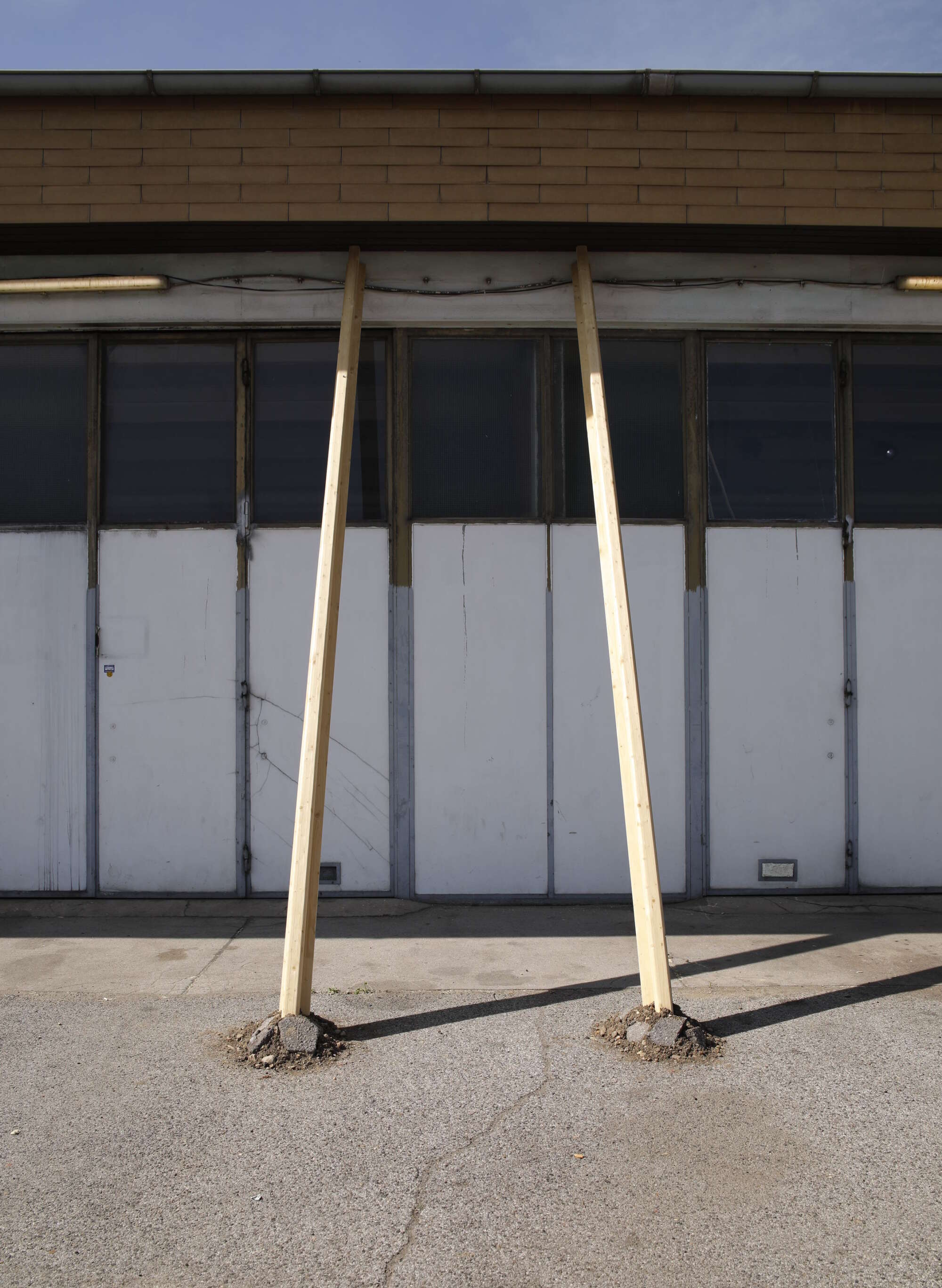
(c) Michael Robert Jimenez
Train tracks made of wood are planted askew into the ground. Directed toward the sky that they will never reach, their stunted lengths contrast the concept of the limitless potential of growth: formed, processed wood juxtaposes its living counterpart, as that counterpart's growth confronts its shaped death. Train tracks, as a symbol of quick socioeconomic expansion and growth, find their finiteness against the slowly expanding and growing of a living tree.
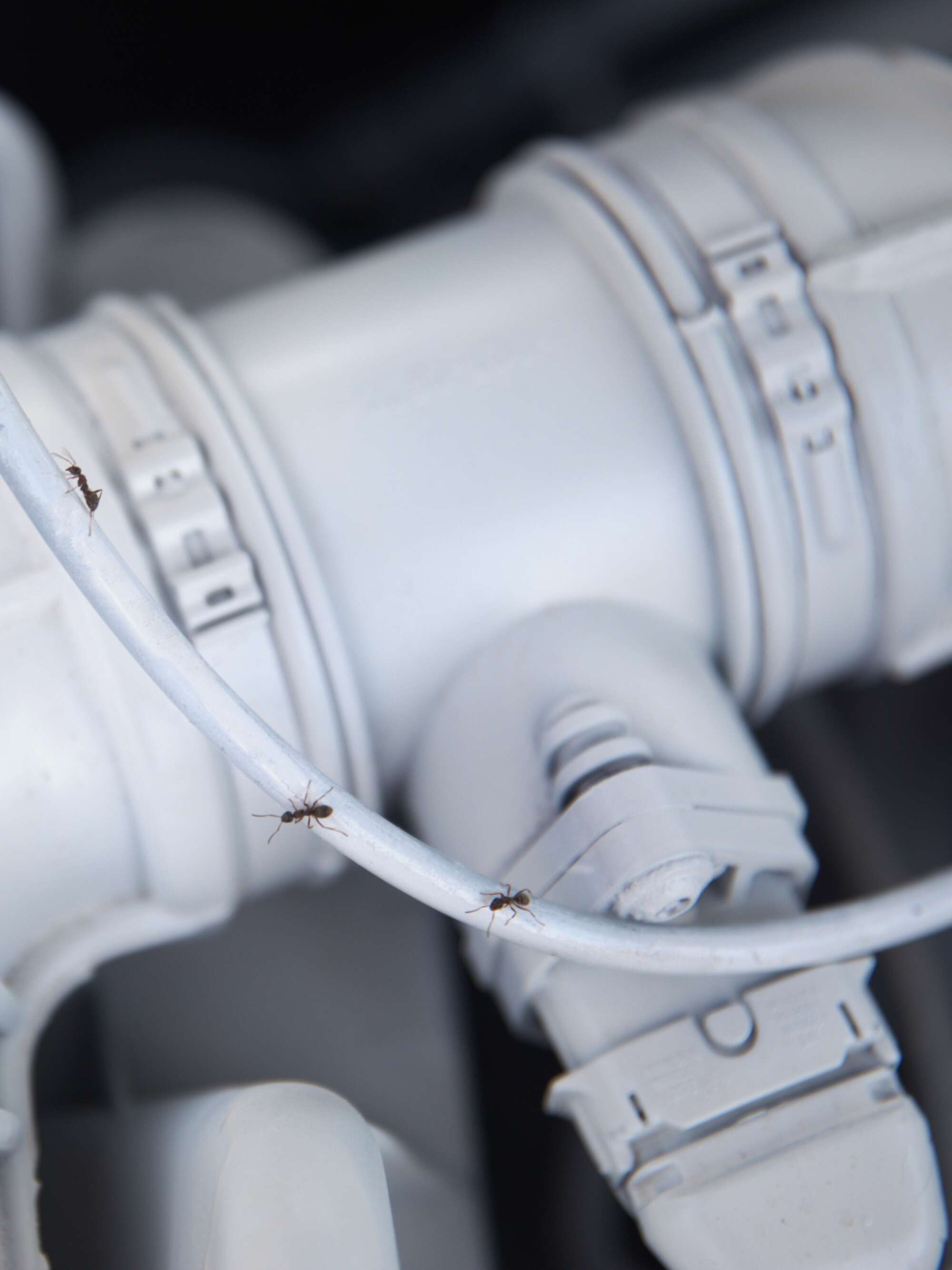
Audioinstallation (c) Lea Liebl
In purely statistical terms, 2,944,523 of the estimated 20 quadrillion ants worldwide live on the site of the Northwest Station - at least until the planned construction project is realised. „Dead Girls Walking“ poses the question of which push or pull factors provide a sufficient incentive to (re)direct movement flows.
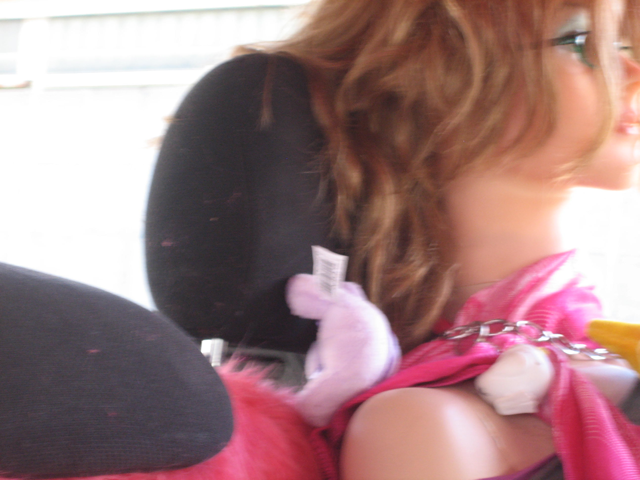
(c) Frederike Nikotina Gordillo
Shelly
In one hundred days, the body is gradually overtaken by nature, and it undergoes a metamorphosis into a new form of living entity.
The once inanimate object becomes infused with life by its surroundings, observing the process from a passive position.
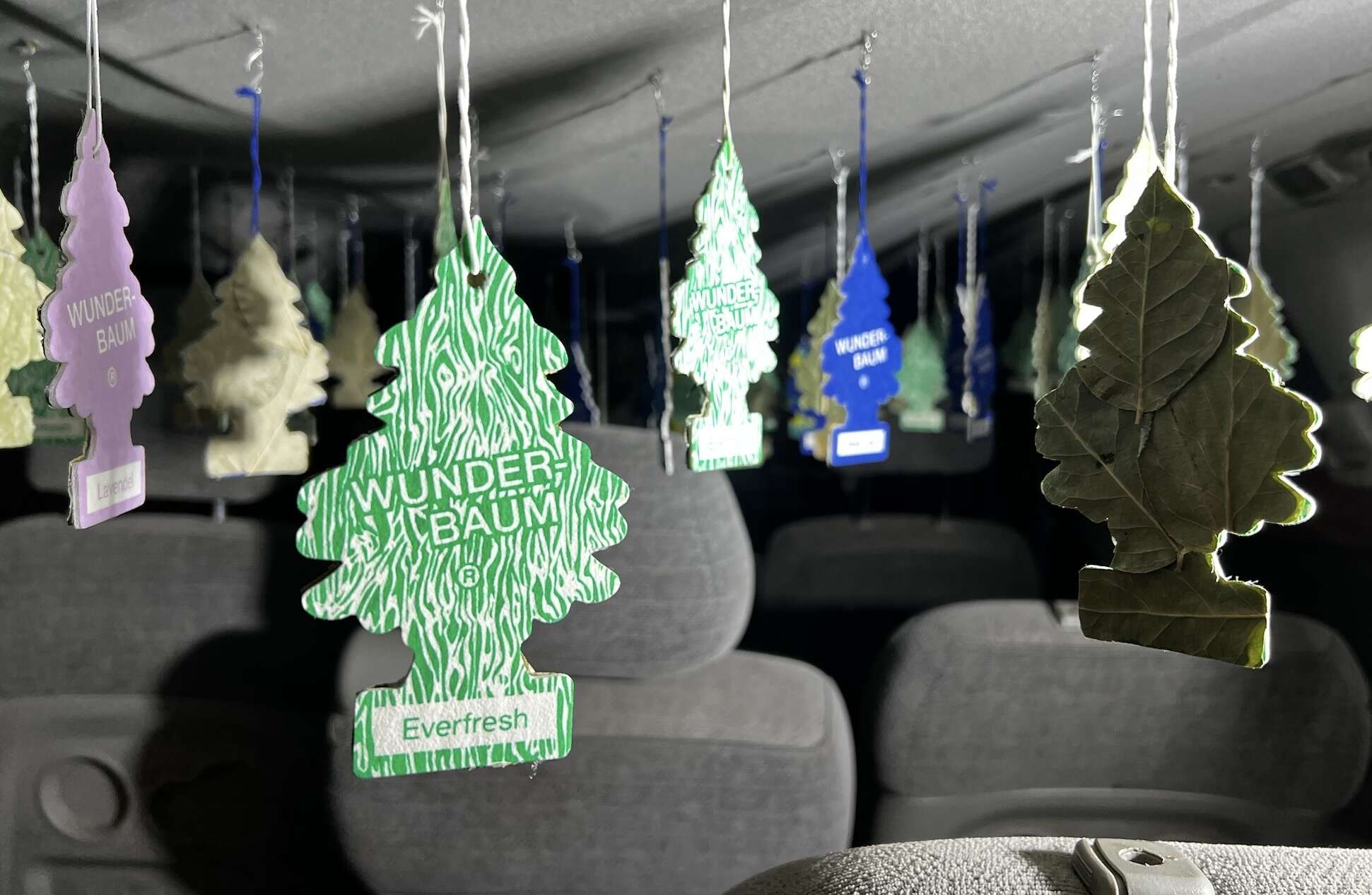
(c) Mariia Mihidieieva
Like many other cities, Vienna is also affected by air pollution. One of the main causes of air pollution are cars. The installation „Wunder Wald“ forms a forest of scented trees. However, it is the various chemicals and fragrances contained in the trees that are released into the air and spread the scent.
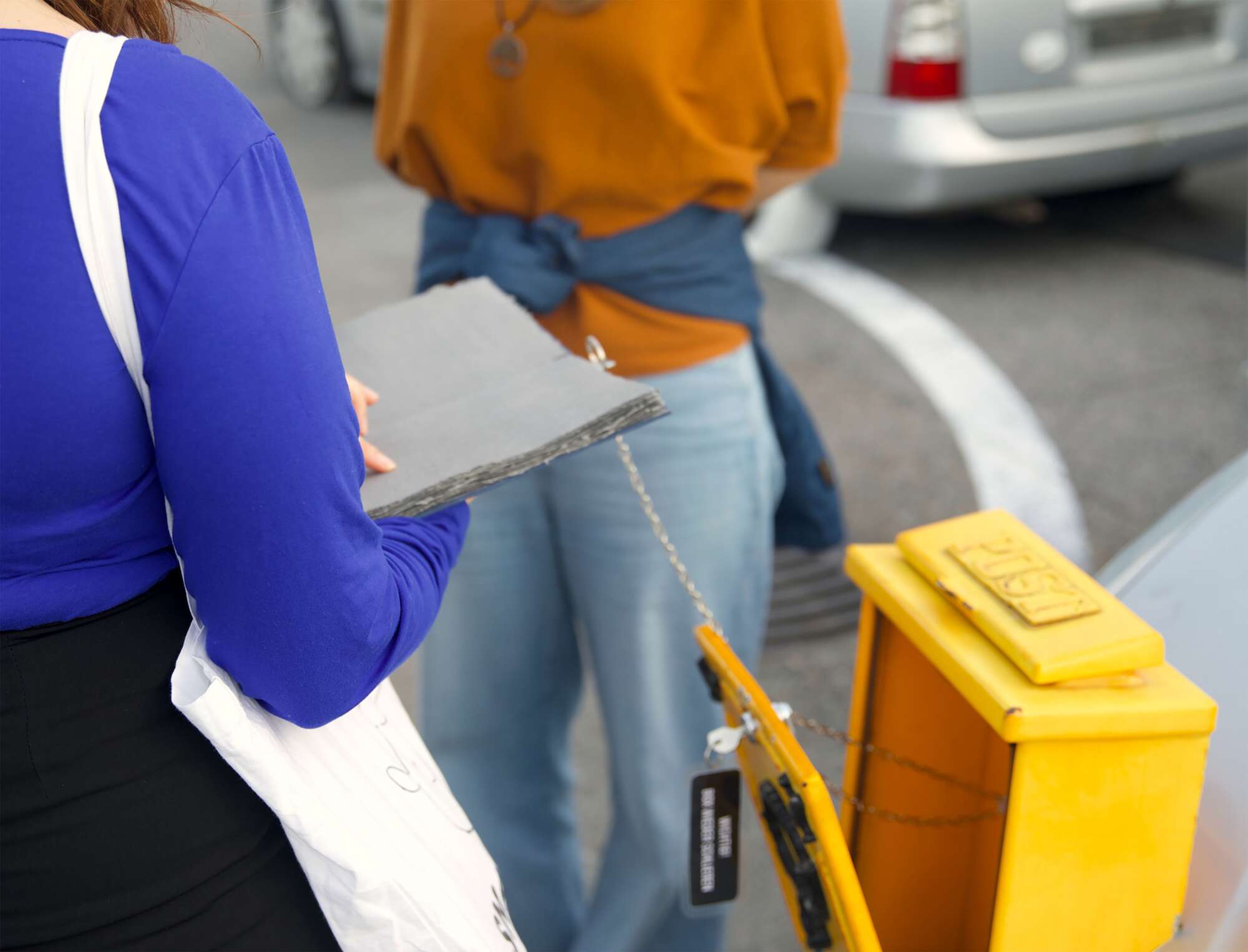
(c) Kimiya Rastgou Moghadam
Imagine sitting under an ancient tree, feeling its profound existence, quite strong; a wave is going through the trunk. What does it tell you? In "Moments of Connection," I have shared encounters I had while immersed in nature. Each plant, each element seems to have a tale to tell. You can read the book, but the plants are absent. They exist only as a tactile imprint, an incomplete shadow. You may run your fingers over the pages in search of this elusive mark, but it may elude you. For the essence of these stories cannot be captured or contained; it can only be felt in the depths of one's being.
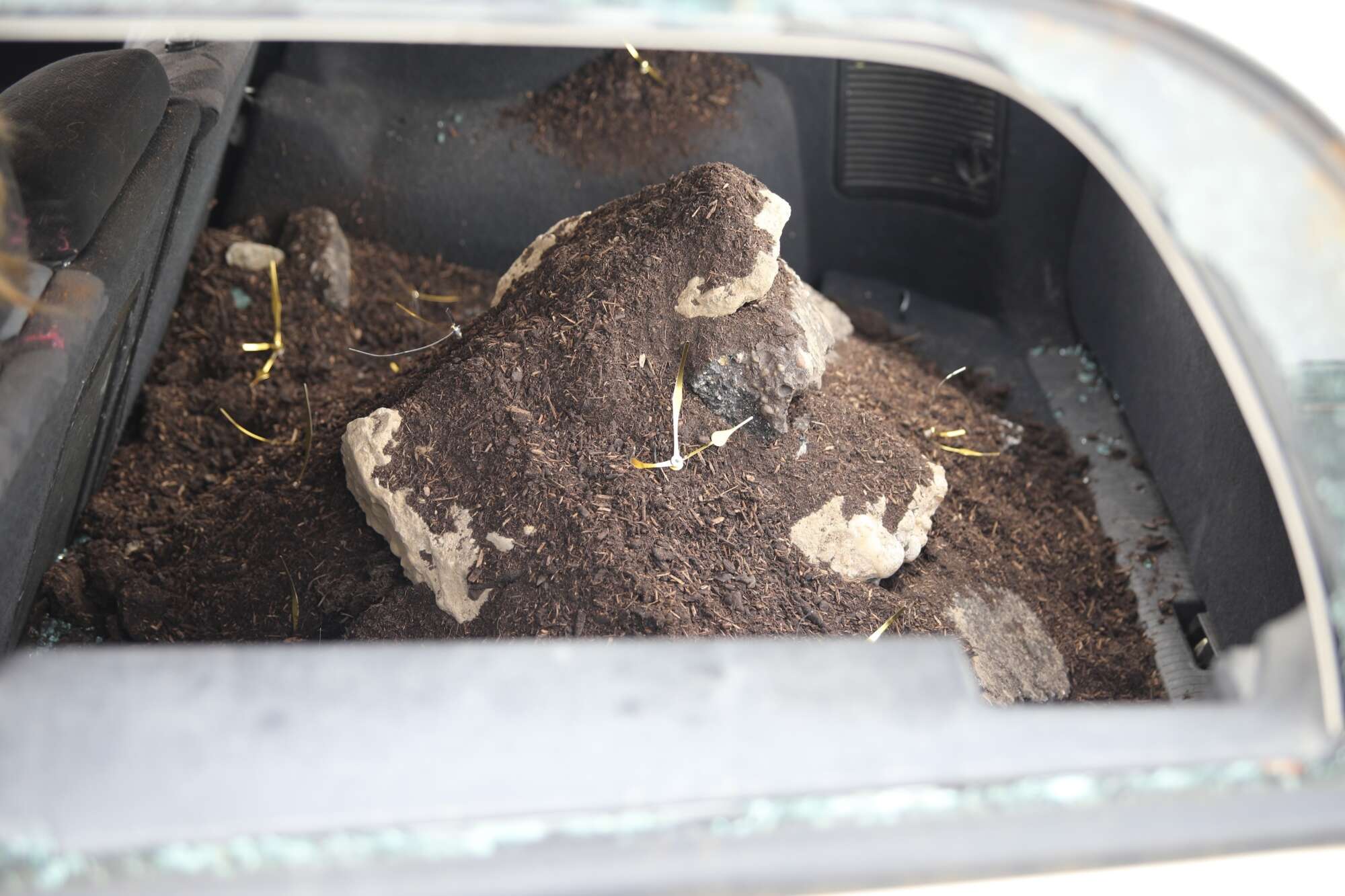
(c) Robin Lütolf
Mankind has probably not yet succeeded in getting the phenomenon of time under control. And yet it has invented a symbol for it in the form of the clock, which makes us believe that we have control over time in our everyday lives. „Leaf in Time“ deals with the danger of internalised patterns of behaviour and their impact on nature.

Titel: Mehrparteienvogelhaus (c) Simon Reitmann
The „Mehrparteienvogelhaus“ presents a combination of art and nature. With several separate nesting sites and feeding areas, the sculpture provides a habitat for different bird species. The choice of entrance hole sizes allows for a specific attraction of those birds that feel comfortable in urban areas.

Titel: slow life, Sound-Installation (c) Schayan Kazemi
Noise is often defined as unwanted soundscape that can be stressful. People are increasingly aware of a permanent sensory overload and react more sensitively to noise. The installation „slow life“ explores the possibility of raising awareness of the creation and impact of noise on us and our environment.
Curator: Marlies Pöschl
What if the proverbial dogs went on strike by not waking up from their sleep? The labour power of non-human animals is exploited in many ways in contemporary biocapitalism, mostly without it being understood as work. This concerns not only their actual productive power, but also the reproductive abilities of (female) animals: Animals become meat, milk becomes food. Non-human animals also often contribute to shaping the environment without this being perceived as labour. The cultural and material logistics established by humans have been producing and utilising animal life as a form of capital for centuries.
The works presented in this exhibition by graduates of the Department of Site-Specific Art (University of Applied Arts) are dedicated to this unequal division of labour between human and non-human animals. It introduces the motif of sleep as a subversive strategy. Sleep can appear in many different guises: Rest, hibernation, breeding phase. The works shown here thus pose the question of the extent to which animals and humans can resist these forms of exploitation by consciously taking breaks. However, they also address the fact that it may be too late to wake the dogs: that human trust in the regenerative processes of nature is disproportionate to the consequences of systematic destruction.
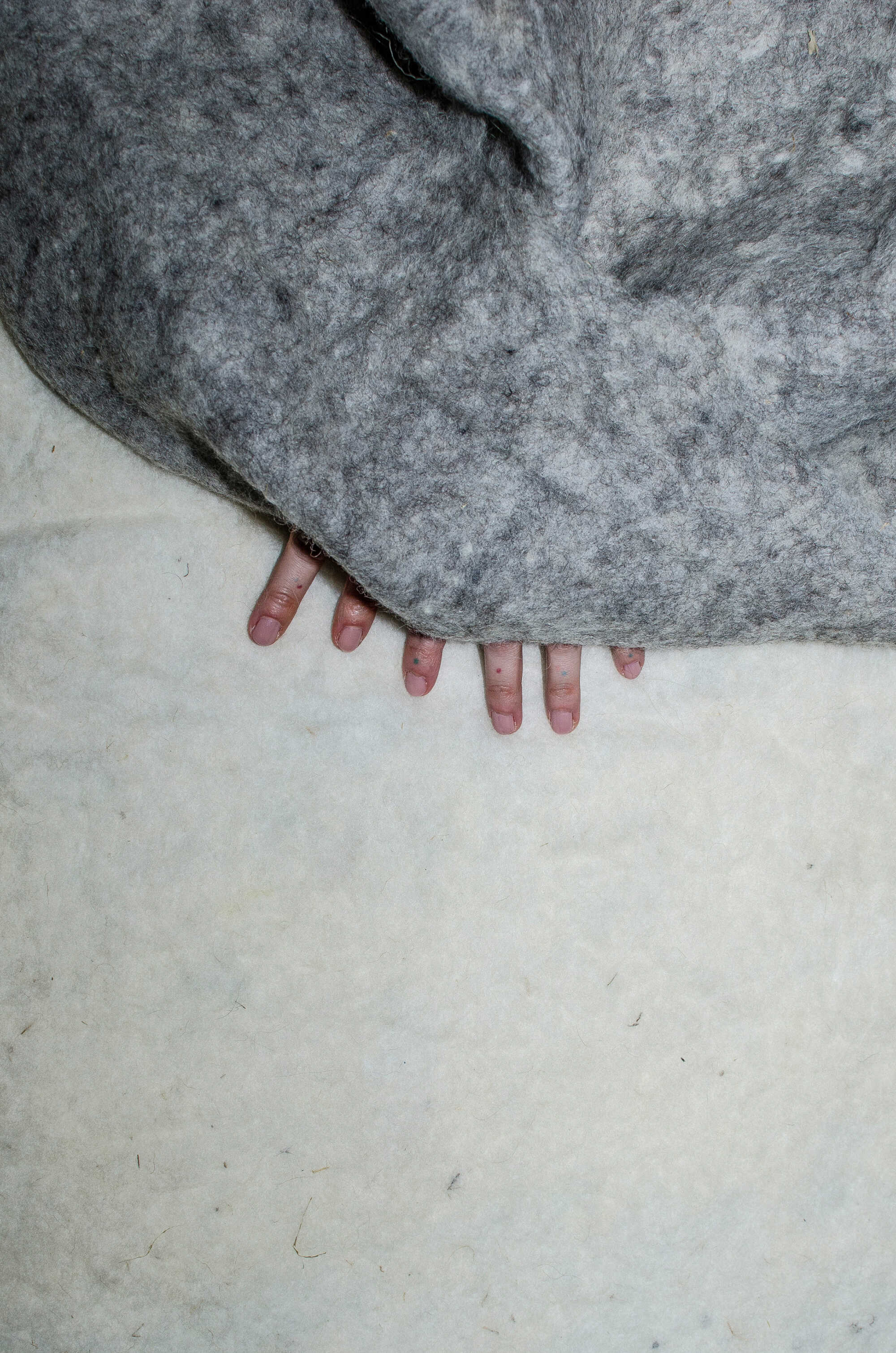
IMMANENCE: In Becoming, Installation, 2023 (c) Ivana Lazić
Durational performance, Audio, Karlsplatz clay, natural wool, 2023, Courtesy by the artist
Ivana Lazić‘s immersive work invites visitors to literally be in becoming with the installation. The artist covers the floor with large blankets made from the wool of Pramenka sheep. She compares the migration processes of human and non-human animals. Lazić‘s work deals with transformations: the sheep‘s lifetime, which has gone into growing the wool, is transformed into warmth that visitors can feel when they wrap themselves in the blankets.
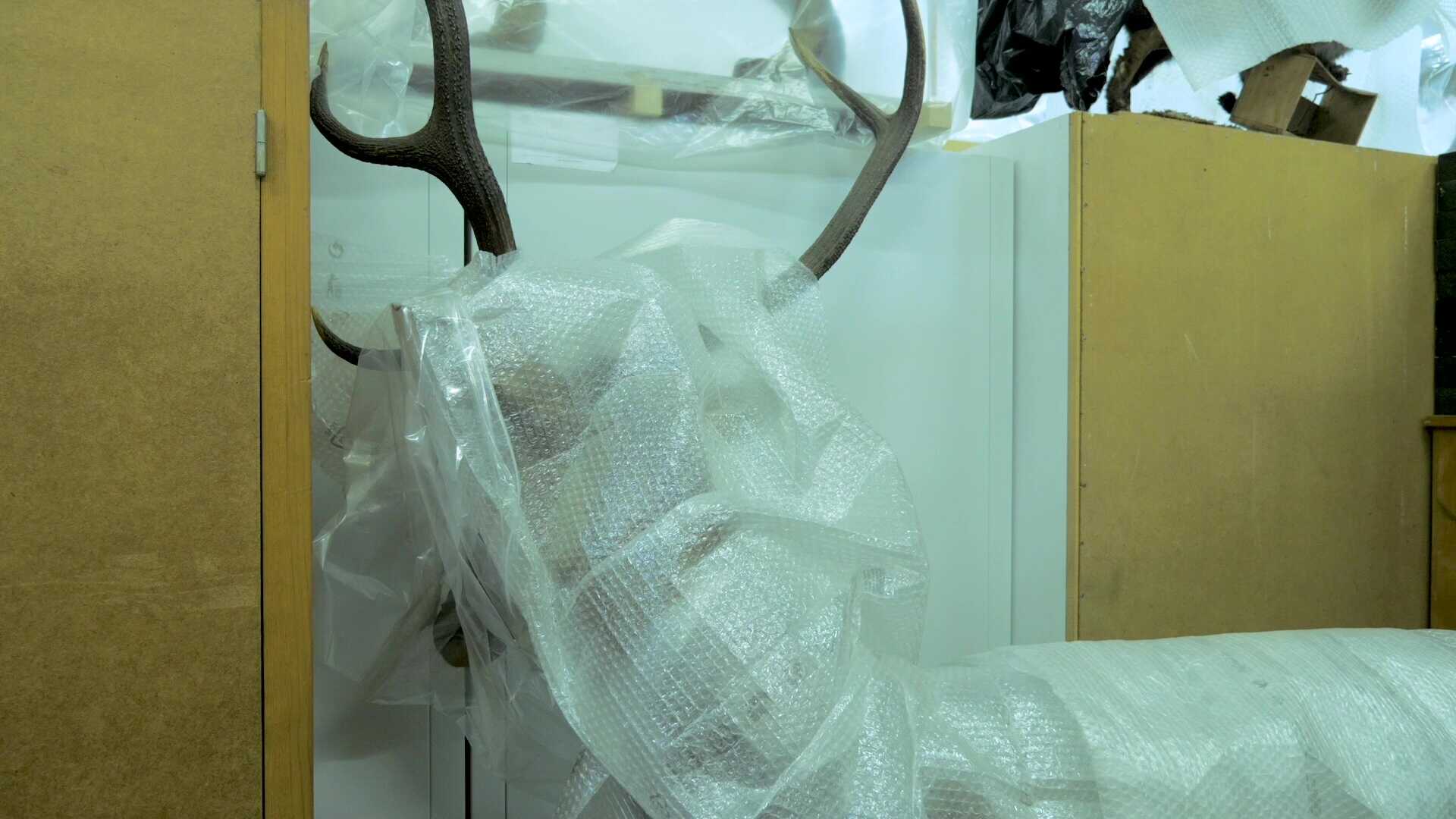
Myriad Tentacles Will be Needed (c) Ana Likar
Ana Likar‘s video takes the shopping centre „City“ in Ljubljana as its
starting point. Animal specimens from the collection of the Slovenian
Museum of Natural History are stored here. In abandoned storage
rooms, the animals are waiting to be transferred to another, better
place. Starting from this mysterious city within the city, Likar develops
an equally insightful as poetic reflection on the penetration of
architectural and non-human bodies with capitalist logics.
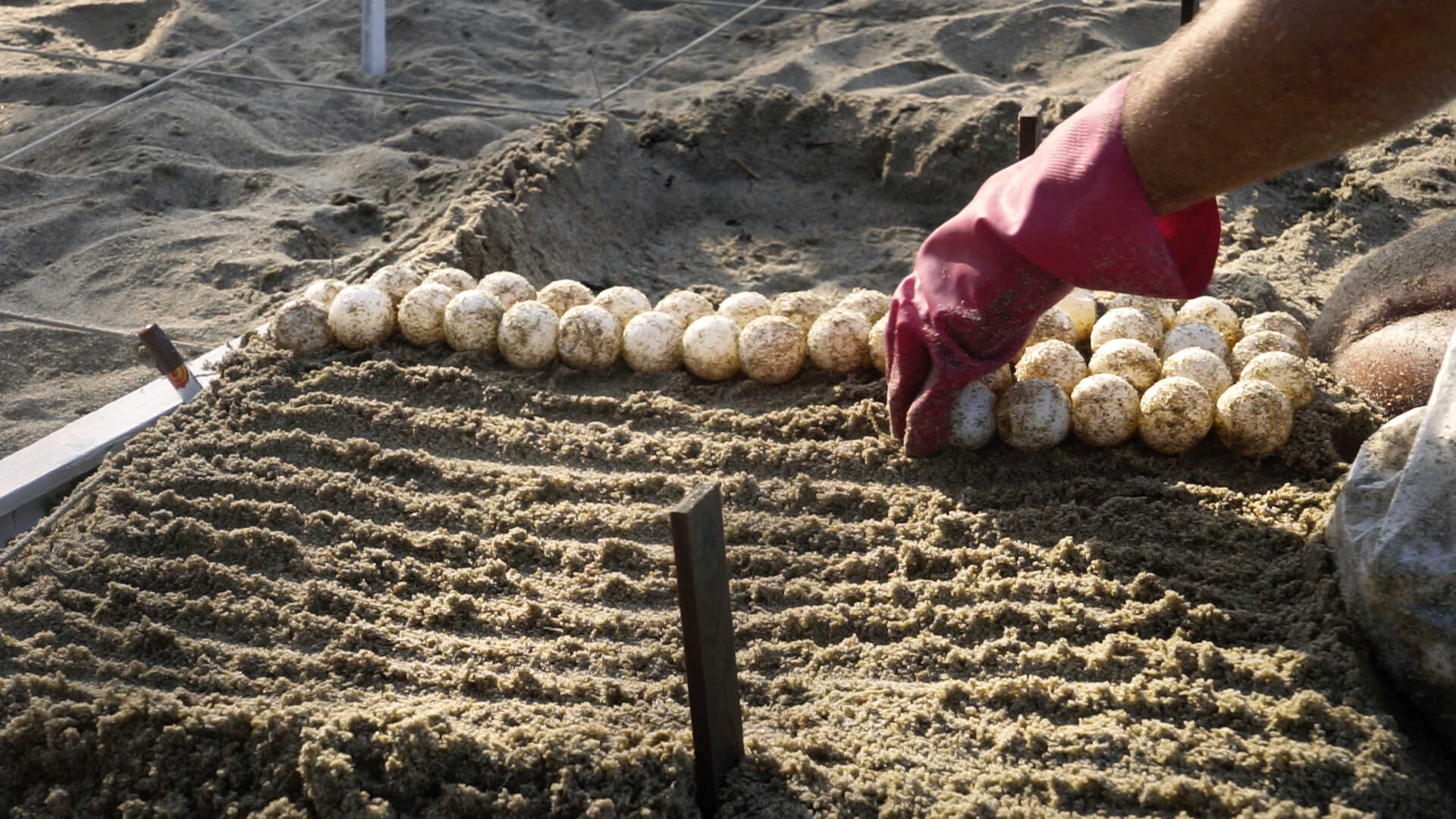
Andar pisando en cascarones arenosos (c) Raphael Reichl
2-Kanal-Installation, 220 x 125 x 50 cm, 23 min (Loop), Stereo-Ton, 2022, Austria/Mexico
In his installation, Raphael Reichl portrays two conflicting dynamics in the Mexican harbour region „Puerto Escondido“. At the centre are hideaways, places of refuge and breeding sites that are being transformed or destroyed by global capitalism. Reichl shows labourers who build hideaways for tourists under precarious conditions. At the same time, a young woman creates small refuges for turtles with her bare hands: she digs sand nests in order to protect the turtle eggs.
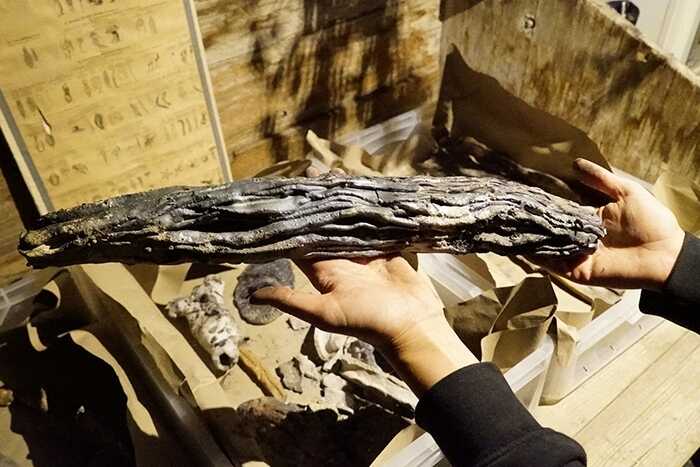
Feldbrand 2021 (c) Claudia Lomoschitz
Ursula Gaisbauer in collaboration with Marie Janssen und
Anna Brock, David Fedders, Marie Filippovits, Lena Heinschink, Laura Josic, Tutku Kocabas, Flores Paul, Yevhenia Pavlova, Michelle Schäfer,
Anastasiia Verzun, Lin Wolf, Ida Zahradnik:
Erdzeitalter (Ages of the Earth)
The
site-specific work Erdzeitalter recreates the emergence
and death of species in the form of ceramics, which are created in
collaboration with students of the Angewandte. In five open
workshops, the ceramics are then fired in a kiln specially made for
this purpose by the artist Marie Janssen. The work will continue to
develop throughout the exhibition period. Erdzeitalter
questions the trust in the regenerative powers of nature and counters
this with artistic-ritual actions. This project takes place both
outdoors and indoors.
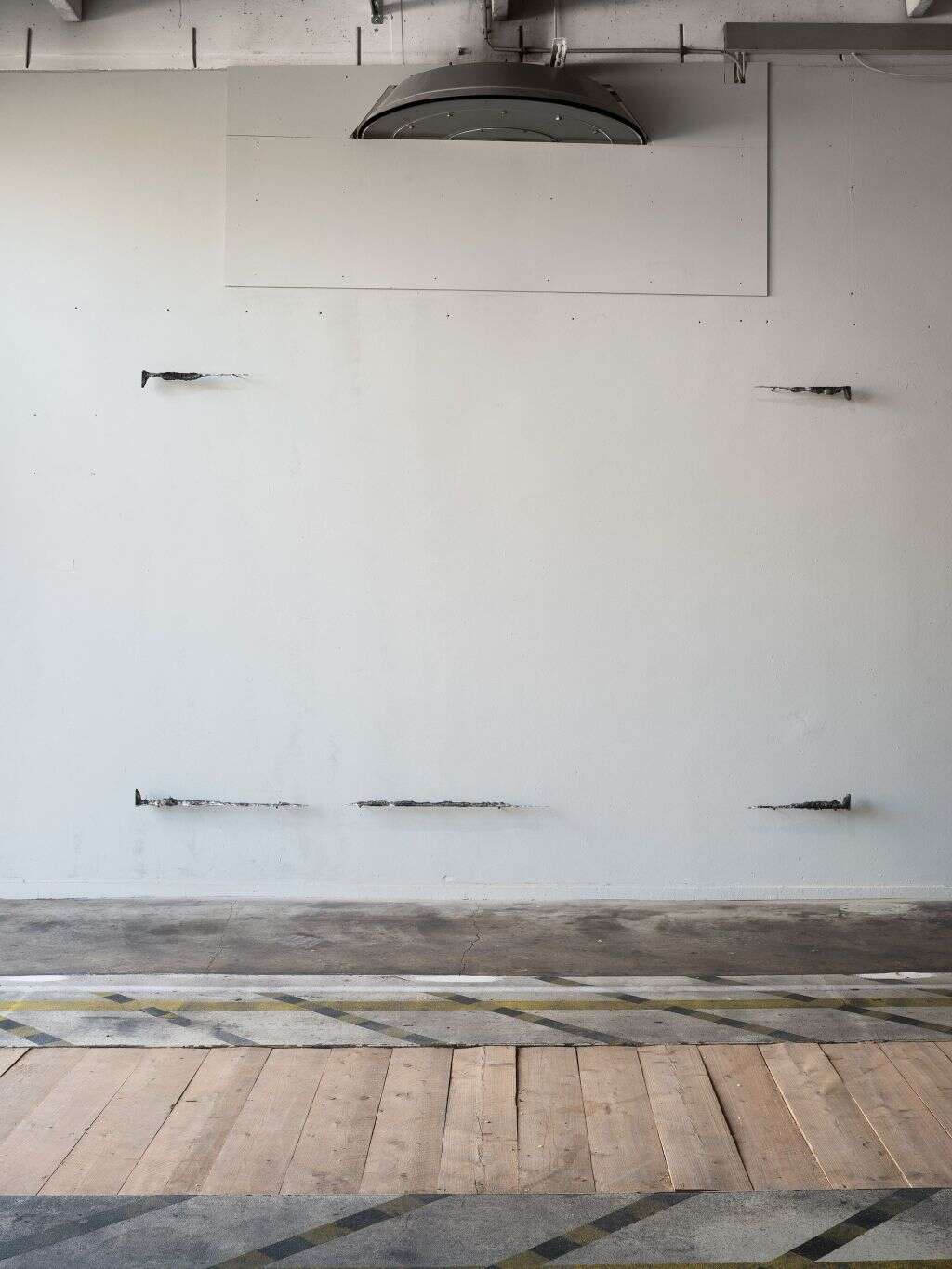
Thomas Supper. O.T. (thougths on a position II) © Rudolf Strobl
The articulation of a structure that switches between materiality and
immateriality; heaviness and lightness; inside and outside; back and
forth.
An empty field that by being observed puts itself into the center.
Reducibility, elaborated and concentrated on its essence.